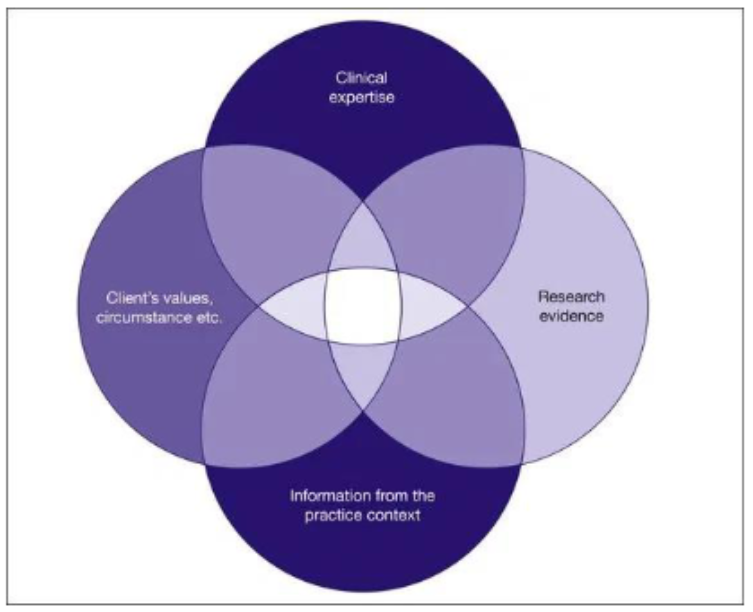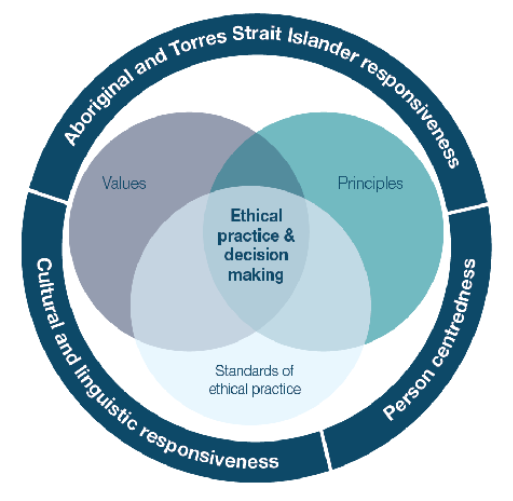SL1001 Foundations of Speech Pathology - Week 1 Vocabulary
1/20
Earn XP
Description and Tags
Flashcards for SL1001 Foundations of Speech Pathology Week 1, covering key vocabulary and concepts.
Name | Mastery | Learn | Test | Matching | Spaced |
|---|
No study sessions yet.
21 Terms
What is Speech Pathology Australia (SPA)?
The main professional body that represents the speech pathology workforce in Australia.
What are the Responsibilities of SPA
Developing, guiding, and governing clinical and ethical standards of members, facilitating professional development, and providing advice to stakeholders.
What is the role of Speech Pathologists according to SPA Professional Standards
Autonomous professionals with comprehensive knowledge of communication and swallowing needs throughout an individual’s lifespan.
What are the range of factors that affect communication and swallowing needs?
Factors that may cause or result in an individual or community having communication and swallowing needs, including delay, disorder, disability, or inadequacy.
What is the aim of SPA Professional Standards for Communication
Optimizing communication for interacting and exchanging information across different contexts, including verbal, written, signed, and augmentative methods.
What is the aim of SPA Professional Standards for Swallowing
Optimizing swallowing to support health, well-being, and participation, including eating, drinking, medication, saliva control, and protecting the lungs.
What is the work that Speech Pathologists do?
Facilitating communication and swallowing goals, enhancing awareness, implementing prevention strategies, and creating inclusive environments.
Who was Lionel Logue
An Australian speech correctionist who worked with King George VI to control his stutter.
What is the Australian Stuttering Research Centre
Provides evidence-based intervention procedures for children and adults who stutter.
How many people is the Speech Pathology Workforce in Australia
Approx. 7600 practicing members in 2018, growing to over 14,500 members in 2023.
What is the Demand Drivers for Speech Pathology Services
Improvement in survival rates, population demographic changes, government funding, increased awareness, scope of practice, and service coverage.
What is a Speech Pathologist?
One of the allied health professions; university qualified with specialist expertise.
What is the ICF
International Classification of Functioning, Disability and Health; a framework for describing and organizing information on functioning and disability.

What is Evidence-Based Practice (EBP)
Using clinical reasoning to integrate information from research evidence, client values, clinical expertise, and available resources to provide effective care.

What is meant by Code of Ethics
The values, principles, and ethical practice standards expected of speech pathologists.
What is an example of EBP
Clinical values, circumstances: Jack who has aphasia wants to be able to order his own drink at the pub.
Research evidence: Practice words using ‘Integral stimulation’ to say words OR use communication cards to indicate preference.
Clinical expertise: This speech pathologist is familiar with both
techniques.
Information from the practise content: The pub is noisy so may need to have cards for back up if spoken words are not understood.

What is meant by ‘The Model’
Our values and principles guide how we make decisions and conduct ourselves as speech pathologists.

Describe the Australian landscape for the speech pathology profession
The Australian landscape for the speech pathology profession includes a diverse workforce, regulatory bodies, and a focus on evidence-based practice to address the communication needs of individuals across various settings including healthcare, education, and community services.
Describe the professional frameworks that shape speech pathology practice in Australia
The professional frameworks that shape speech pathology practice in Australia include guidelines and standards set by regulatory bodies, ethical principles, and scopes of practice which ensure that speech pathologists deliver effective, client-centered care while adhering to evidence-based practice.
Recognise core components of communication and describe simple models of communication
Core components of communication include sender, message, medium, receiver, and feedback. Simple models often illustrate the transmission of messages and the processes involved in encoding, decoding, and feedback.
Identify and apply components of the ICF
The ICF, or International Classification of Functioning, Disability and Health, is a framework for understanding health and disability. It emphasizes the interactions between an individual's health conditions and their contextual factors, focusing on components such as body functions, activities, participation, and environmental factors.